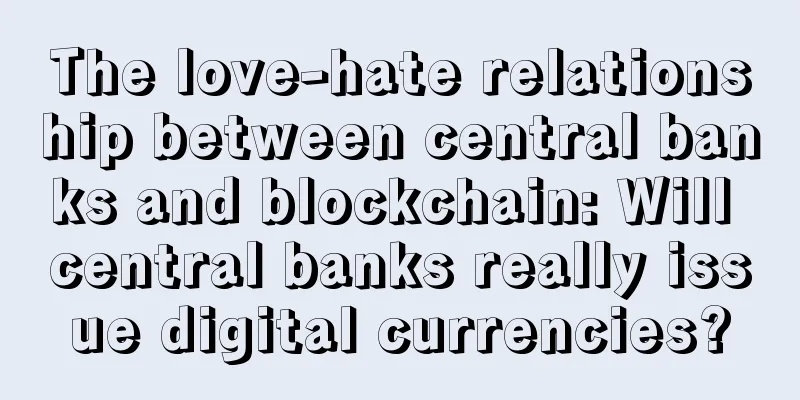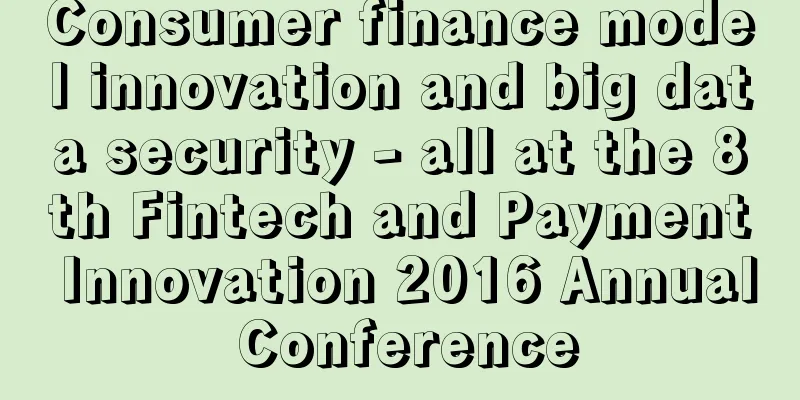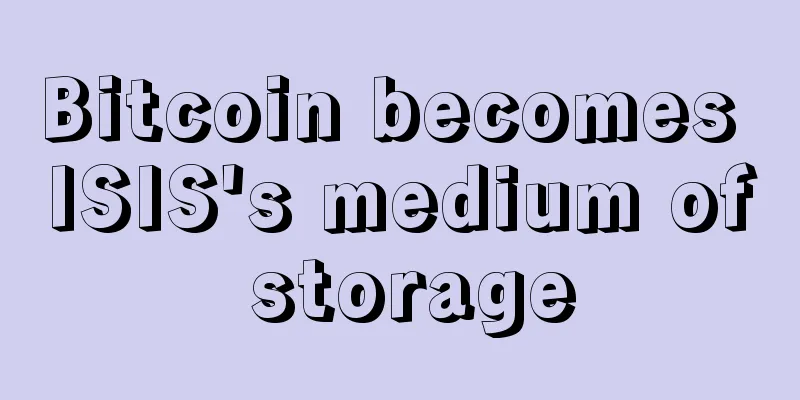The love-hate relationship between central banks and blockchain: Will central banks really issue digital currencies?

|
Bitcoin and blockchain technology are powerful enough to change the world. If blockchain technology can be applied quickly and efficiently, we can popularize financial services, automatically execute contracts, and even integrate blockchain with the Internet of Things (IoT) to create a chain of things (BoT). However, blockchain is currently mainly used for cryptocurrency transactions. This inevitably leads people to ask, when will central banks treat Bitcoin and other cryptocurrencies the same way they treat blockchain? After all, central banks control the legal currencies of countries around the world, and they will also maximize their benefits from blockchain technology. Central banks toy with cryptocurrenciesIt’s no secret that most central banks have embraced blockchain technology. The Dutch Central Bank (DNB) is researching its own cryptocurrency. The Reserve Bank of India (RBI) and the Bank of England (BoE) are also tinkering with blockchain. But now, central banks are considering taking their experiments a step further by issuing their own “bitcoins.” The Wall Street Journal recently published an article on this idea.
If the central bank issues digital currency, other banks will fail miserablyJust imagine that if the money in your hands is directly kept by the central bank, or you keep your money in the central bank's currency wallet, and the central bank will guarantee the safety of your funds, then commercial banks will basically be useless. Currently, legal tender is usually stored in banks in a current or fixed deposit manner, first for safety and second for convenience, but it also comes with risks. Commercial banks may go bankrupt, and this is also a common situation. If the central bank really issues digital currency one day, then commercial banks will really become a cooked duck. Blockchain may be left outOn the surface, it seems that central banks will soon embrace Bitcoin and blockchain, but this may never happen. Blockchain may become a technology that is about to go mainstream but never truly be accepted by the mainstream. Simon Dixon, CEO of online investment platform BnkToTheFuture.com, said:
Living in a paperless worldHowever, there is another version of the story of banks and blockchain, a happy ending, that is, the central bank will promote the use of blockchain and Bitcoin. Maybe paper money will not exist in the future. So will paper money really become history? Kumar Gaurav, CEO of blockchain money transfer platform Cashaa.com, believes this is entirely possible.
Cryptocurrency is a winner, mainstream or notFrom any perspective, the world's monetary system will undergo major changes. Blockchain and cryptocurrency have already shown their influence. Even if central banks completely ignore this technology, commercial banks and the community will not stop studying blockchain. However, central banks are likely to accept blockchain rather than ignore it. Kumar Gaurav points out:
This is definitely good news for Bitcoin enthusiasts, because it means Bitcoin is not only the present, but also the future. |
>>: New Ethereum prediction market Gnosis enters beta testing phase
Recommend
Grayscale is buying, buying, buying. Bitcoin suddenly reaches 18,000 US dollars. DeFi is also advancing by leaps and bounds without any moral ethics.
BTC has reached $17,000 and is on the verge of $1...
Where is the mole of wealth?
What kind of mole can bring us wealth? We all hav...
Physiognomy: The Physiognomy Classic "Complete Collection of Divine Physiognomy"
The physiognomy classic "Complete Collection...
Do you know how to read the career line in palmistry?
There are many lines on our hands, and these line...
Are women with round faces lucky for their husbands? Face shape and facial features!
The face shape is natural, and a round face will ...
What does a mole in the middle of the lower lip mean? Is it good for a man to have a mole in the middle of his lower lip?
In addition to one's own horoscope, zodiac si...
What kind of face makes people healthy and long-lived?
Almost every one of us hopes that we can live to ...
What are the three types of moles?
What are the three types of moles? 1. Moles on th...
Five fingerprint secrets you never knew
Fingerprints are part of the focus of palmistry r...
I always do things based on my interest.
Sometimes, some people do things based on their m...
Wisdom line and emotional line are connected_palm analysis
There are three main lines on everyone's palm...
BIS: El Salvador’s adoption of Bitcoin as legal tender is an “interesting experiment”
Benoit Coeure, head of the Bank for International...
Mars Frontline | Nervos raised nearly $70 million and completed the token public sale one day ahead of schedule
Text | Linzhong Road According to the data from M...
Loyyal and Dubai Holding launch trial in Dubai to develop blockchain smart contract solutions
According to Huobi Blockchain Research Center, Lo...
Things You Don't Know About Palmistry
Palmistry has three origins: Western, Indian and ...









